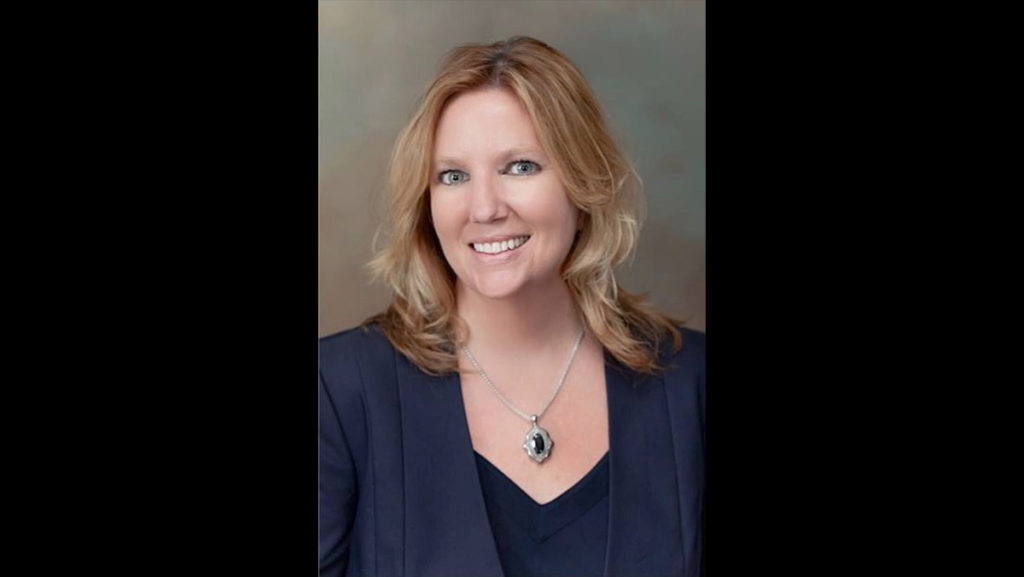Several years ago, I was sitting in my comfortable newsroom office in the Finger Lakes, when, out of nowhere, a deer burst through a window and into the outer office.
The deer sped straight toward my office window and the desk where I was sitting, talking to a colleague who was facing me with his back to a large, plate-glass window that looked out into the main newsroom. I yelled, “run,” and we hit the wall and, somehow, with an abundance of adrenaline, opened the office door and bolted as the deer jumped through my office window and behind my desk, where I was just sitting.
The deer appeared to survive — the beautiful animal jumped out another window and ran down nearby railroad tracks. Animal control officers followed it and reported back that the animal had, unbelievably, only superficial cuts.
It’s difficult to prepare for something you don’t see coming. And most of what happens is like that. This doesn’t apply to the stuff we obsess over and worry about — that stuff rarely happens. So weird.
If COVID-19 has taught me anything, it’s that you can prepare all you like, but sometimes our world is shaken in ways that defy understanding. The sudden, jarring awareness that control is an illusion is humbling, if overwhelming.
This op-ed is meant to be on the topic “How faculty prepared to teach remotely this fall.”
How am I doing so far?
Throughout the summer, several Ithaca College colleagues and I availed ourselves of the pedagogical, technical and practical support for faculty offered by the Center for Faculty Excellence (CFE). The CFE provided faculty with training to ensure students receive thoughtful and rigorous, yet flexible, courses in unprecedented times.
How the tireless crew at CFE put together such a strong and supportive program that accounted for many important scenarios in teaching amid the uncertainty of COVID-19 is a wonder. A group of incredibly dedicated folks at CFE convened on every front to support faculty, who in turn are called on to support and engage students through a time of extreme uncertainty.
We can teach our subject matter, but it’s trickier to educate, support and create a flexible environment that promotes radical self-care and understanding for students’ challenges.
That’s especially true when the educators are also in need of radical care.
I find that preparing courses is easier when I do so on the foundation of connection and transparency with the students. The exploration and education can happen authentically and flexibly if that foundational relationship is there. Where there are mutual trust and understanding, it makes all the difference.
I find students I work with to be open to the moment and the challenges we are facing. I find them to be astutely understanding about my deep desire to provide them with the education they deserve. They are generous when I struggle with the challenges inherent in this moment, such as anxiety about the health and well-being of my family, friends and students, as well as the isolation of teaching — and living — remotely.
And although students hear it repeatedly — “We’re all in this together!!!” — this is indeed a moment like no other. There is a freedom in the chaos — a freedom to reimagine our approach and the way we envision education, community and connection.














